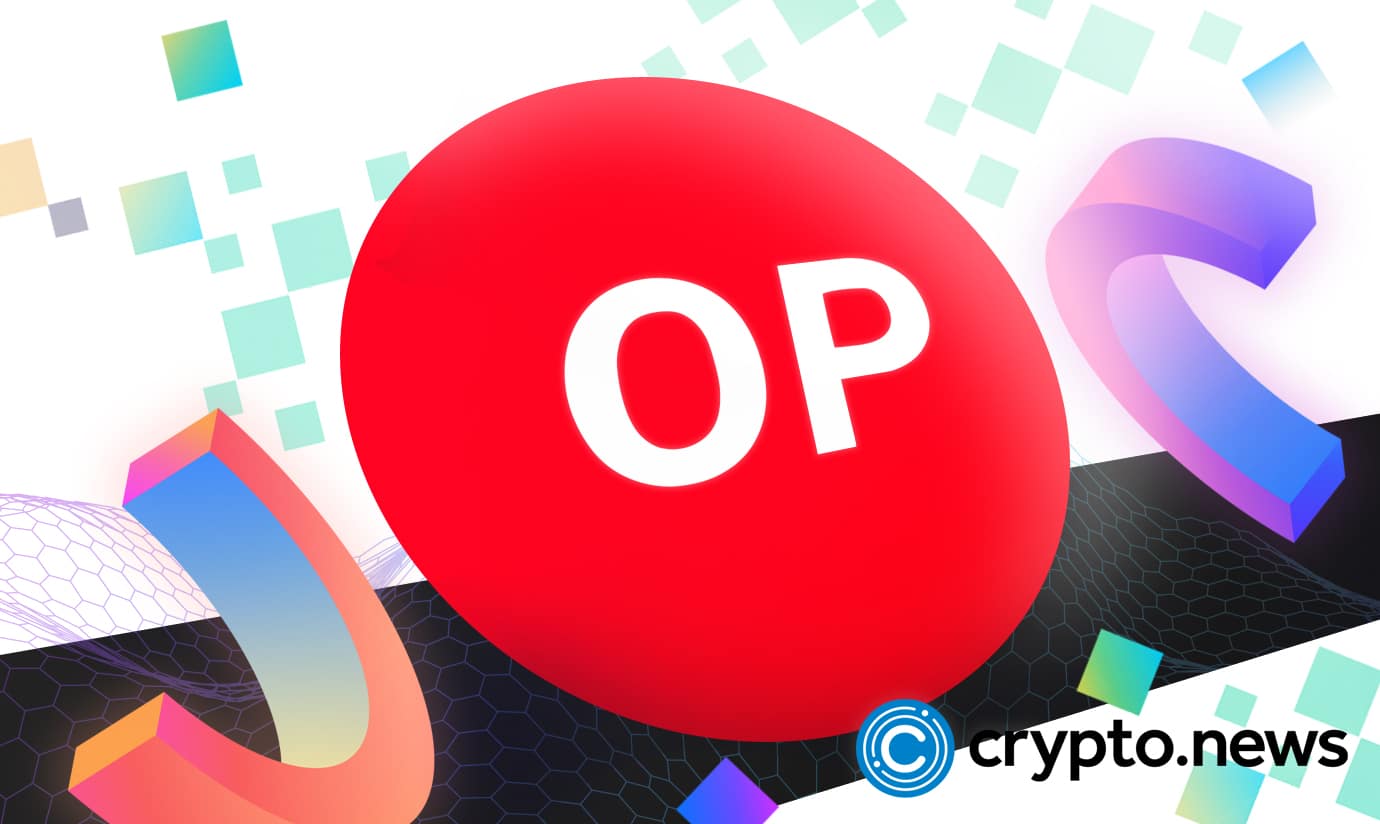Top 5 Myths About Supply Chain Digital Transformation (and What the Data Really Says)
Digital transformation of supply chains is no longer an update to a technology; it is now a strategy as well as a matter of survival.
The volatility in the marketplace, geopolitical changes, and changing customer demands are compelling firms to come out of the manual process and multiple systems. However, even with the urgency, lingering notions continue to dictate the way various businesses pursue transformation, leading to half-hearted attempts with no measurable outcomes.
Current research by Gartner suggests that only 33% of global supply chain leaders have implemented comprehensive analytics, ERP system upgrades, and automation in their daily business practices, despite most of them, i.e., 78% reporting to have a so-called digital strategy.
Not only is this disconnect typical, but it is also expensive.
New research studies indicate that digitally mature supply chains continually lead their peers in various ways, by making gains of 15-25 percent in their forecast accuracy, 20-30 percent decrease in their operational expenditures, and with a 50 percent faster cycle of decisions.
These are not intangible advantages; these can actually be converted to an increase in customer service levels, less waste, and more profitability. Releasing these outcomes, however, involves organizations addressing and getting rid of some long-term myths that distort the correct motivators of success. Five of the most common myths are then dissected in the following passages, and the facts that the data unveils are revealed.
Myth 1: Digital Transformation Assured by ERP Upgrades alone
Reality: Although an essential enabler, ERP modernization is merely the structural foundation, but not all of the digital engine. Many modern ERP systems provide a single data set and real-time visibility. However, in the absence of or limited integration with IoT sensors, AI-based demand planning, and advanced supply planning software, the benefit can be incremental. Industry survey data indicate that ERP upgrades must also extend the capabilities beyond order-to-delivery cycle time improvements, ballooning to over 30 % when integrated with some predictive capabilities, as opposed to less than 10 % with no analytic component.
Myth 2: No More Human Decisions
Reality: Automation excels in rules-based and repetitive tasks, such as order assignment or habitual re-stocking. But despite all the above, strategic decisions continue to rely heavily on human judgment, especially in instances where there are disruptions to supply, there are complex trade-offs involved, or simply ethical considerations. Studies show that although it is possible to automate up to 73 % of planning activities, the remaining 27 % are usually associated with disproportionate effects on profitability and customer confidence. Even the most automated systems must have their algorithms overridden by a planner in any unexpected situation, like a port-closure or the introduction of new regulations that algorithms cannot foresee-- paths in which contiguity reasoning dominates simple computation.
Myth 3: Better dashboards are all it takes to Adopt Analytics
Reality: Dashboards are not the only feature of being mature in analytics. They are only descriptive, a picture of what has already occurred; they do not necessarily give a forecast of future circumstances or propose a course of action. The real change can be accomplished via predictive analytics, which can predict the changes in demand up to a few weeks in advance, and prescriptive analytics, which suggests the best inventory management/distribution course of action. Stockouts are decreasing by 22-35 % and excess inventory levels are being cut by 15-25 % as reported by organizations that have implemented predictive and prescriptive models, which also directly increases working capital efficiency.
Myth 4: Digital Transformation Is Costly to Mid-sized Businesses
Reality: In the past, digital transformation was an expensive and complex process that was considered a benefit of large enterprises. The emergence of cloud-native, subscription-based offerings has, however, reduced this cost and complexity. These platforms provide an opportunity to implement the functions with the possibility of serial implementation, and there is no risk associated with implementing a five-year, several-million-dollar project. Research indicates that a large number of those organizations rate their ROI in 12-18 months, range from 20 to 30 %increase in operational performance, and often begin with a single functional area, including warehouse automation or demand planning, then expand throughout the supply chain.
Myth 5: It is impossible to transform due to the complexity of a Global Supply Chain
Reality: It is due to complexity that transformation is necessary. The contemporary supply chain is affected by 40 % more volatility events than 10 years ago, whether due to raw material crunches or excessive weather events. Absent the digital tools, the result of these events is the cascading effects of production delays and failures of service levels. Thousands of possible scenarios (what-if scenarios) can be modeled in seconds using AI-based scenario planning platforms, hence enabling organizations to react to disruption at the hourly rather than weekly time scale. Complexity is no longer an obstacle, but rather something manageable and beneficial, when organizations possess the responsiveness to change faster than their rivals.
Conclusion
Digital transformation is not a magic wand that magically improves your supply chain; instead, it's like a gym membership. They will have the equipment (technology), however, it will come down to whether or not you have the initiative to learn, adapt, and use it effectively regularly or you will achieve… nothing.
The upside? Modernization, predictive analytics, and automation of ERP, when combined correctly, lead your supply chain to greater strength, leaner operations, and increased agility. And, unlike the treadmill in your gym, it won't look down on you because you missed a workout, at least, but your quarterly performance indicators could.
\ \n **
You May Also Like

Bad News for European Crypto Holders? EU Calls For Harsher Crypto Regulation Despite MiCA

Unlocking Massive Value: Curve Finance Revenue Sharing Proposal for CRV Holders
